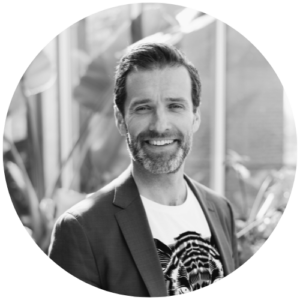Making change last
One time, I went on a family holiday to Croatia. It’s a beautiful country with great nature and we planned for a whole lot of activities to do outdoor. One of those activities was rock climbing and it had a great lesson about change in it that is applicable to all businesses that want to make change in their organizations last.
Practice makes perfect
You can find my son Merlijn often in an indoor climbing venue. Here he gets trained on different ascends with varying degrees of difficulty. He’s been doing it for almost three-four years now. Back then, it was one of the reasons why we wanted to go climbing in Croatia – so he could have the experience of climbing in nature.
I don’t climb at all, but during that summer holiday I made an effort to follow in my sons footsteps. As did my (at that time) 6 year old daughter, and my wife. We went out with a guide and climbed a few routes that were all easy to do. But then at the end of our time she took us to one that would challenge Merlijn, back then 14 years old, as she could see it was all too easy for him (for those of you who do climb rocks this was a route with difficulty 5b).
We both climbed the route, first Merlijn and then me. When I got down, proud that I had managed to make it at all, our guide told us that even though I reached the top the difference between me and my son was huge. I was climbing on strength, she said, and Merlijn was climbing with technique. I was a witness to this myself as well. As I was watching him move up the rock, it all looked so light and easy. When you watch good climbers it is almost as if you are watching ballet. The grace with which they are able to move their body against a wall is amazing. Because it looked so easy when Merlijn did it, I made an attempt as well.
Change doesn’t happen overnight
My climb probably had a chance of failure of 50% (I’m making this up here) whereas Merlijn’s attempt most likely had a chance of failure of only 5%. In other words: I could have been seriously hurt, although there was not a risk at all for my son. Reflecting back on this experience I thought: there is an analogy with change here.
“designing a path for change that originates from experience, that is well thought through and in which every step of the process is done with care.”
If you feel that you want to change, or that your organization should, you could move full force ahead. Many CEO’s do this when they launch the new change initiative and no matter what, they keep on pushing forward. Or you could do it gracefully. Meaning: designing a path for change that originates from experience, that is well thought through and in which every step of the process is done with care. I think the latter has a lower risk of having negative side effects than the other. Moreover, a change that is executed gracefully will have a better chance of lasting, as each step will be internalized by the organization never to be forgotten again. My good friend Pip Coburn of Coburn Ventures has a great formula for this. It reads:
change = intention x exertion x know-how.
The know-how in this case are the steps of Merlijn that his body just automatically remembers to execute. The exertion is his practice and his intention is to reach the top. That is what makes change last. It might take some time, but when you take that time you will get far; when you try to go fast without practice and know-how you will exhaust yourself (and your organization) and crash sooner or later…
Written by Jörgen van der Sloot
Founder & Head of Futures at Minkowski







